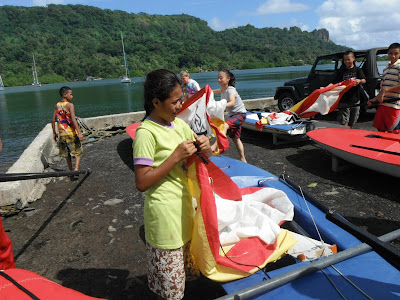Learning in Physical Science

The SC 130 Physical Science curriculum is built around four course level student learning outcomes and fifteen specific student learning outcomes which serve four general education program learning outcomes. Student learning outcomes are prefaced by the phrase, "Students will be able to..." and followed by a measurable ability, knowledge set, or value. These course and specific outcomes form the core of the course outline. General Education Program Learning Outcomes 1.1 Write a clear, well-organized paper using documentation and quantitative tools when appropriate. 3.2 Present and interpret numeric information in graphic forms. 3.4 Define and explain the concepts, principles, and theories of a field of science. 3.5 Perform experiments that gather scientific information and to utilize, interpret, and explain the results of experiments and field work in a field of science Course and Specific Student Learning Outcomes 1. Demonstrate core scientific skills 1.1 Explor...


